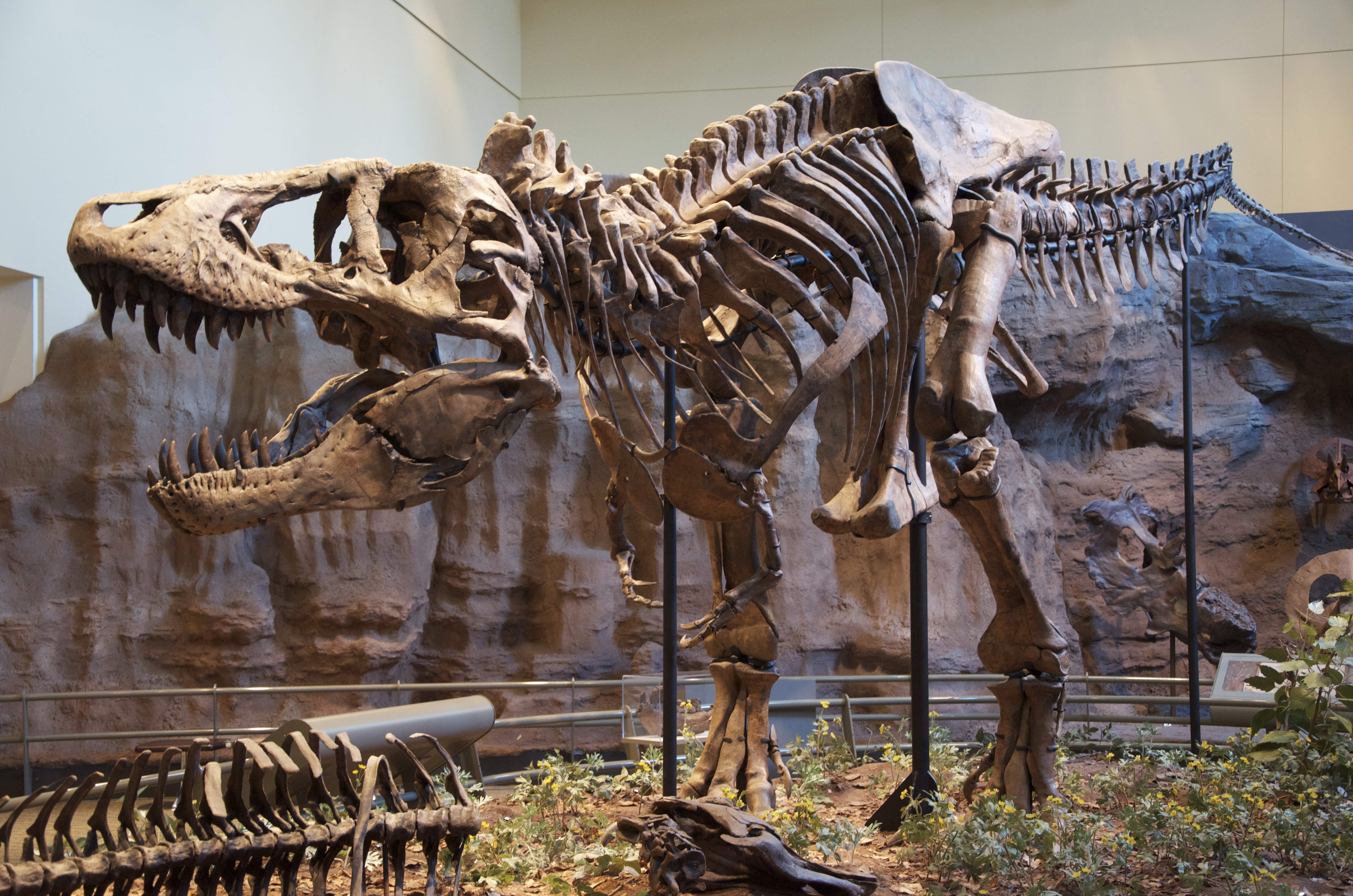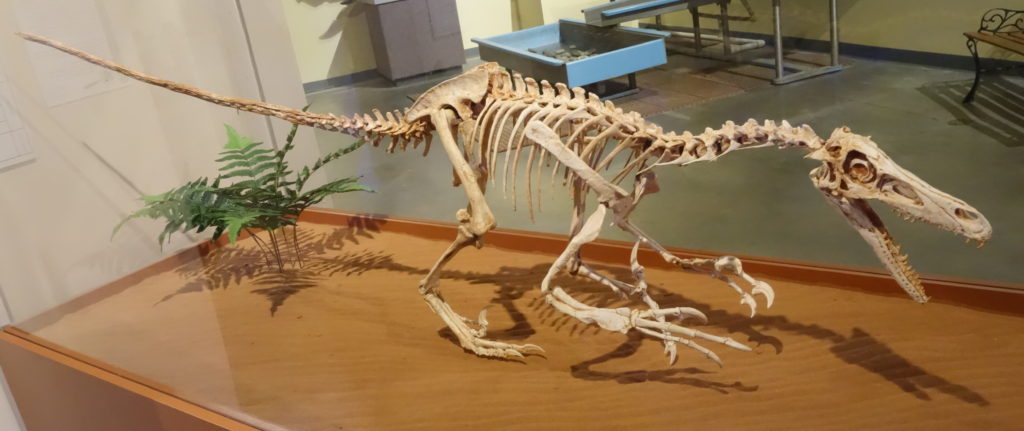With how frequent dinosaurs appear in popular media, you’d think we would have dinosaur movements down pat by now. Truth is, there’s so much more we have yet to find out about how these enigmatic, extinct creatures lived. All we can do to piece together the puzzle is take a look at the fossils of those that we have found, and try to piece together how they may have moved—with some insights from their living relatives and descendants, of course. Scientists employ the help of crocodilians and birds, along with other living animals with similar-looking body structures, to help us figure out what these beautiful creatures may have looked like during their prime.
One of these explorations came through in a study published in the journal Science Advances. Here, a team of researchers led by Peter Bishop, from Harvard University, sought after uncovering more secrets about how bipedal, or two-legged, dinosaurs may have walked.
Bishop and team used the running biomechanics of the tinamou (Eudromia elegans), a bird found in the Americas that’s commonly used as an analogue for nonavian theropods, to design a computer simulation. The bird’s muscles, in this case, were fully represented in 3D, giving much detail to its movements.
Afterwards, they chose to apply their obtained walking “framework” to a musculoskeletal model of a genus of small theropod dinosaurs known as Coelophysis (SEE-luh-fai-suhs). (Coincidentally, Coelophysis was among the fossils famously dug up by one of the warring scientist factions during the infamous Bone Wars.) Coelophysis are a genus of bipedal, carnivorous dinosaurs which, according to fossil remains, can grow up to 3 m (9.8 ft) long. These creatures lived around 221 to 196 million years ago, during the latter part of the Triassic Period.
Bishop and team, however, didn’t expect to find what they call “marked […] lateroflexion” in the tail of the dinosaur model, which was coupled with “hindlimb protraction-retraction.” In short, the dinosaur was essentially wagging its tail.
“When I first saw the simulation results I was very surprised, but after running a range of further simulations making the tails heavier, lighter and even no tail at all, we were able to conclusively demonstrate that the tail wagging was a means of controlling angular momentum throughout their gait,” said Bishop. Essentially, the “tail-wagging” displayed by the model was a sign of a counterbalance function, similar to how us humans swing our arms left and right while we walk or run upright.
Bishop continued: “Previous studies have always treated non-avian dinosaur tails as a static rear extension of the pelvis that acted as a counterbalance. […] Essentially, our findings show that dinosaurs like Tyrannosaurus rex and Velociraptor wagged their tails from side to side when they ran, which helped them stay balanced.”
Tyrannosaurus rex (Carnegie Museum of Natural History/Wikimedia Commons) Velociraptor mongoliensis (Dinosaur Journey Museum/Wikimedia Commons)
Ultimately, the study proves to showcase the dinosaur tail as more than just a counterweight for bipedal dinosaurs; here, they managed to give it structure and movement, granting a new way of analyzing how these ancient beasts may have lived millions of years ago.
As John Hutchinson, co-author and professor at the Royal Veterinary College in London, put it: “These cutting-edge, three-dimensional simulations show that we’ve still got much to learn about dinosaurs. […] Our results raise interesting questions about how dinosaur tails were used in a whole array of behaviors, not just including locomotion, and how these functions evolved.”
References
- Bishop, P. J., Falisse, A., De Groote, F., & Hutchinson, J. R. (n.d.). Predictive simulations of running gait reveal a critical dynamic role for the tail in bipedal dinosaur locomotion. Science Advances, 7(39), eabi7348. https://doi.org/10.1126/sciadv.abi7348
- de Lazaro, E. (2021, September 23). Bipedal Dinosaurs Wagged Their Tail while Running, New Study Reveals. Sci-News. http://www.sci-news.com/paleontology/running-bipedal-dinosaurs-wagged-tails-10096.html













